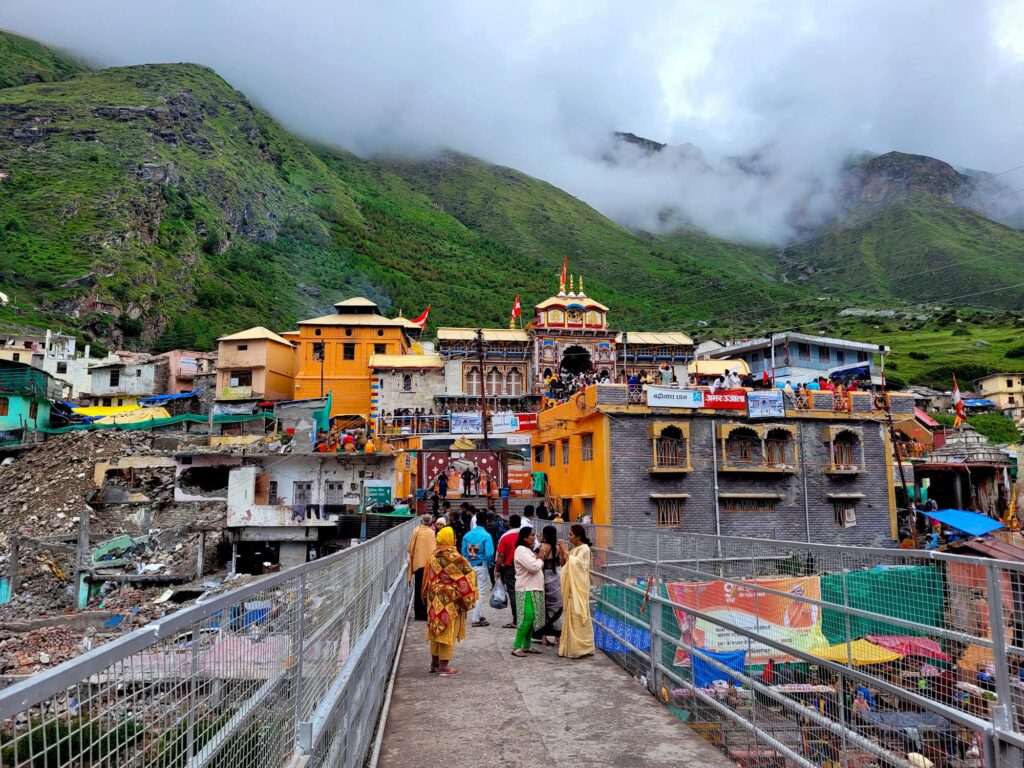The Significance of Chardham Yatra in Hindu Culture and Tradition.

In the spiritual tapestry of India, the Chardham Yatra holds a revered place, drawing pilgrims from across the globe to the sacred heights of the Himalayas. Comprising four holy sites—Yamunotri, Gangotri, Kedarnath, and Badrinath—this pilgrimage is not only a spiritual journey but also a profound exploration of self and divinity in Hindu culture.
Spiritual Purification and Salvation: The Chardham Yatra is primarily undertaken for spiritual purification and the attainment of Moksha (liberation from the cycle of birth and rebirth). Each of the four shrines is dedicated to a specific deity and holds its unique significance, together encompassing the holistic essence of Hindu philosophy and the eternal pursuit of truth and enlightenment. The journey encourages a deep introspective look into one’s soul, fostering a connection with the divine.
Cultural and Religious Harmony: The yatra symbolizes the unity and diversity of Hindu tradition. Each destination is located in the Garhwal region of Uttarakhand but features distinct rituals and practices that reflect the rich tapestry of Hindu worship. This pilgrimage brings together devotees from different backgrounds, promoting cultural and religious harmony.
Yamunotri and Gangotri – Sources of Sacred Rivers: The pilgrimage begins with Yamunotri, the source of the River Yamuna, and Gangotri, the origin of the River Ganga. These rivers are not just water bodies in Hinduism but are revered as goddesses who wash away the sins of mortals. Pilgrims traditionally collect the holy water and perform rituals, seeking blessings for themselves and their families.
Kedarnath – Abode of Shiva: Next in the journey is Kedarnath, home to one of the twelve Jyotirlingas of Lord Shiva. Located at the highest altitude among the four shrines, the temple stands as a testament to the devotees’ resilience and dedication. It emphasizes the virtues of endurance and devotion in the face of life’s adversities.
Badrinath – The Seat of Vishnu: The yatra concludes at Badrinath, the abode of Lord Vishnu, known as Badrinarayan. The temple’s location, between the Nar and Narayan mountains, symbolizes the duality of existence and the balance between spiritual and material life.
The Chardham Yatra, therefore, is more than a pilgrimage. It is a transformative expedition that nurtures spiritual growth, instills peace, and promotes ethical living through the teachings of the deities worshiped at these sacred sites. For many, it is a journey that redefines their understanding of life and spirituality, engraving deep-seated impressions of devotion, humility, and the eternal search for divine grace.
Chardhamyatra culture himalayas shivah yatra spirituality travelling